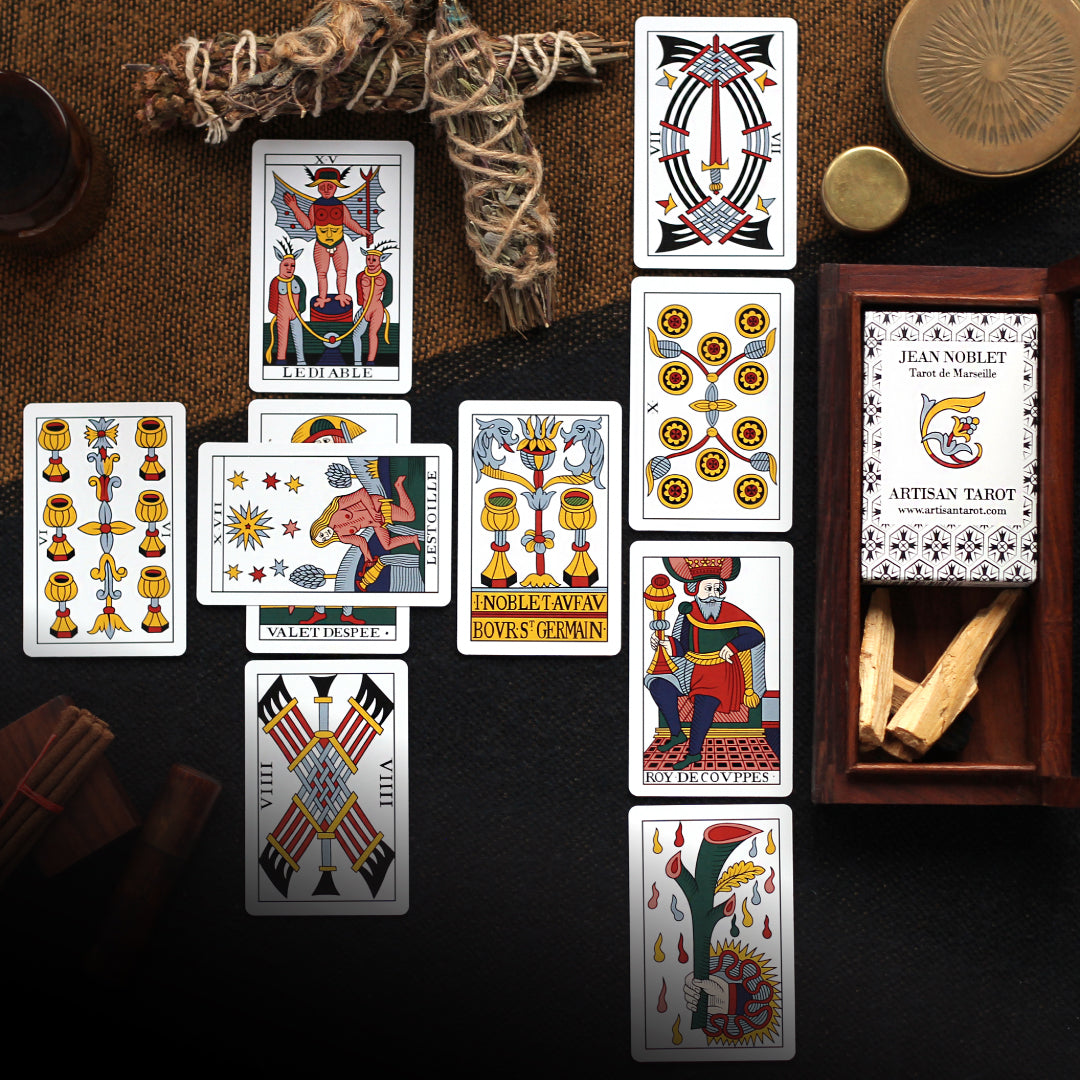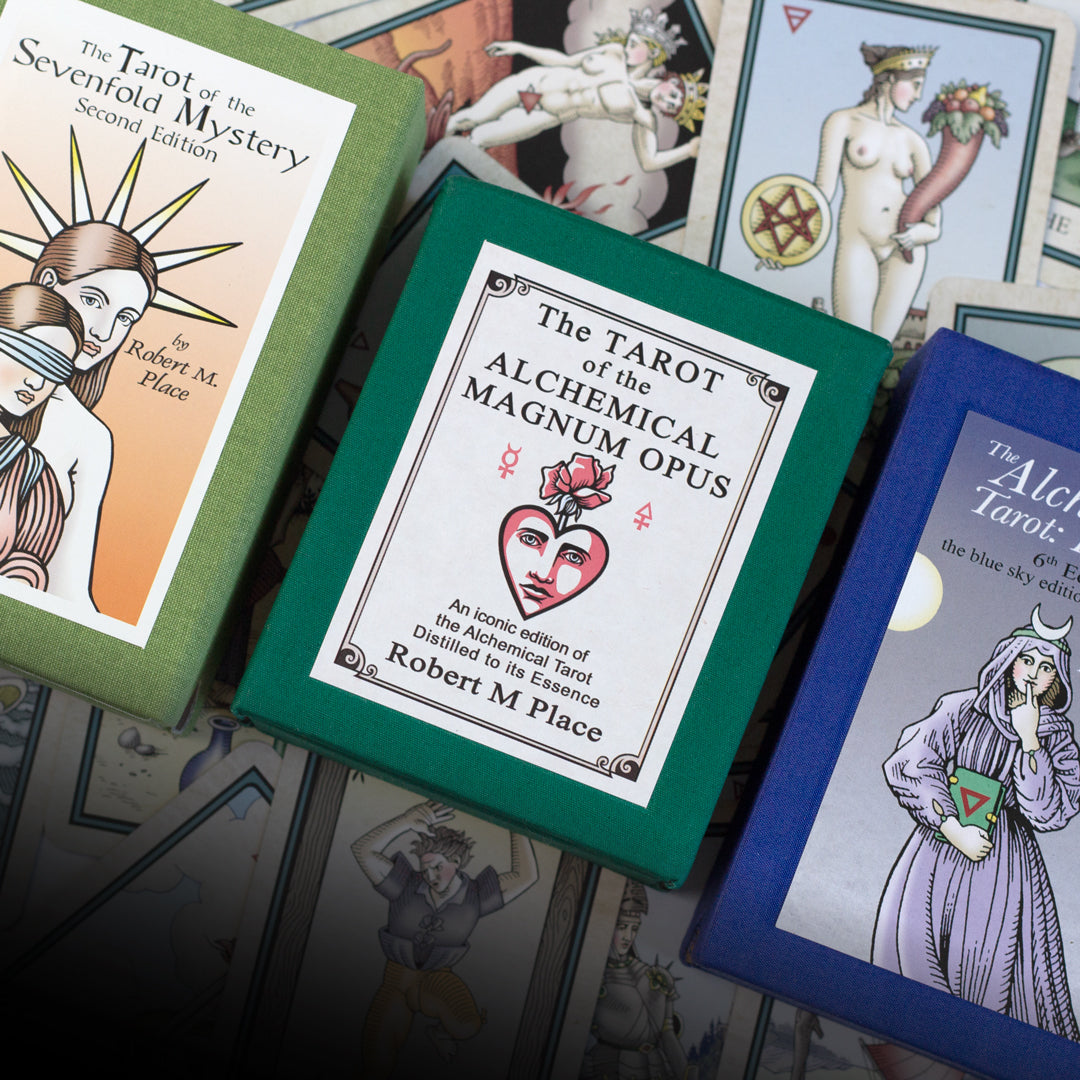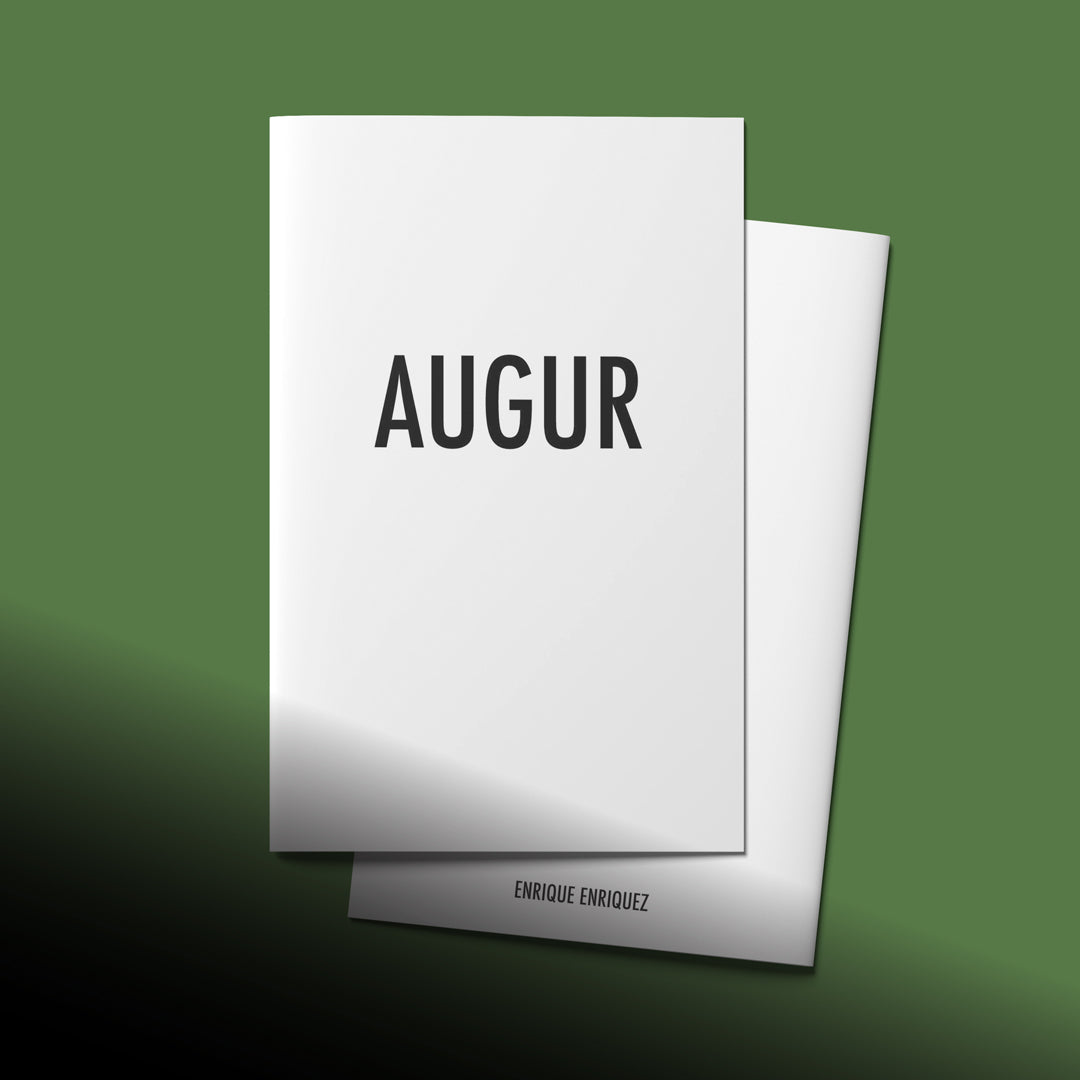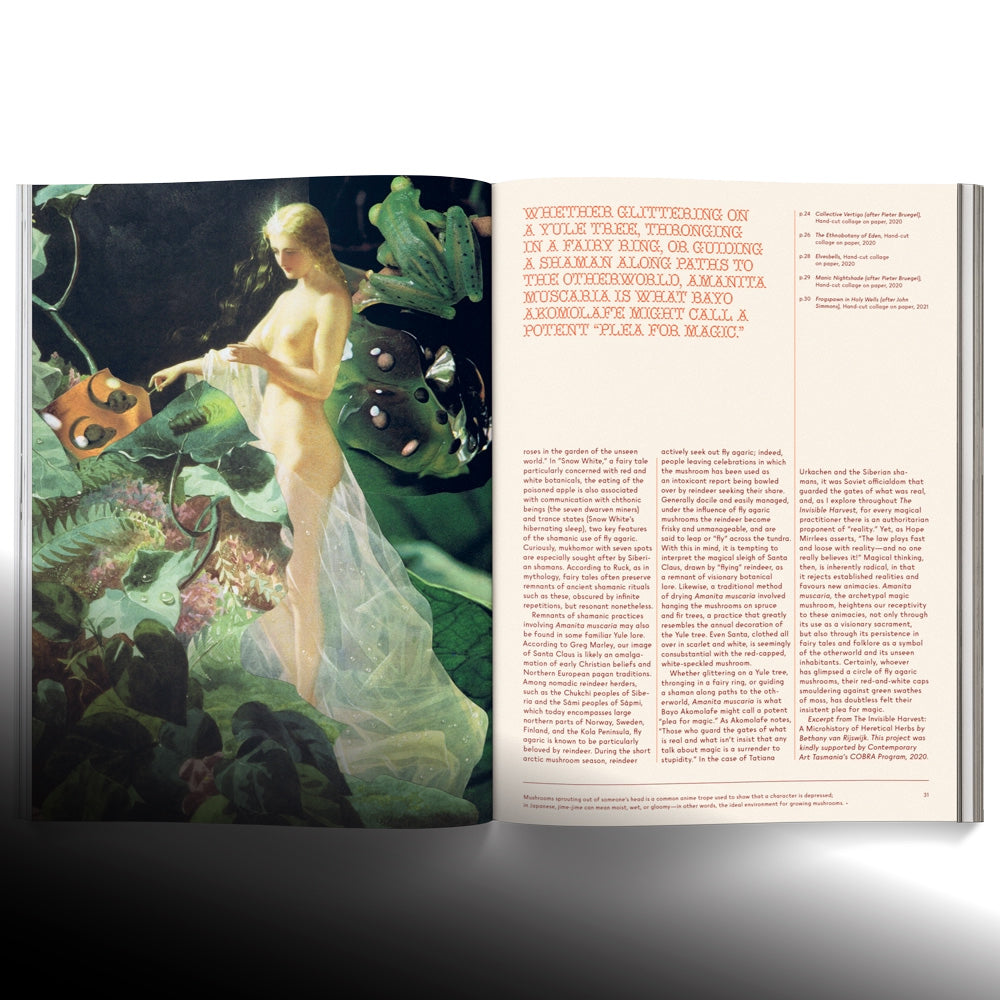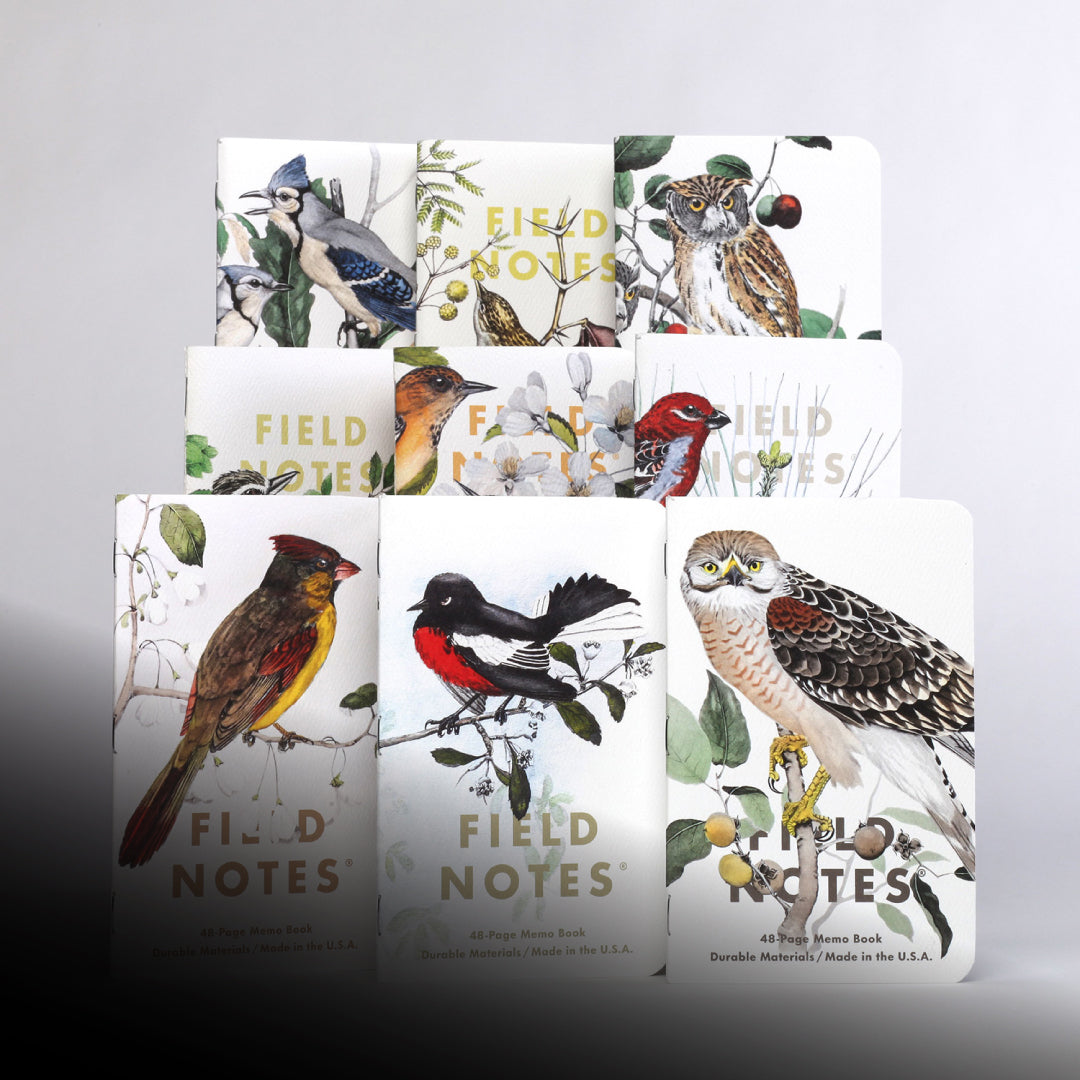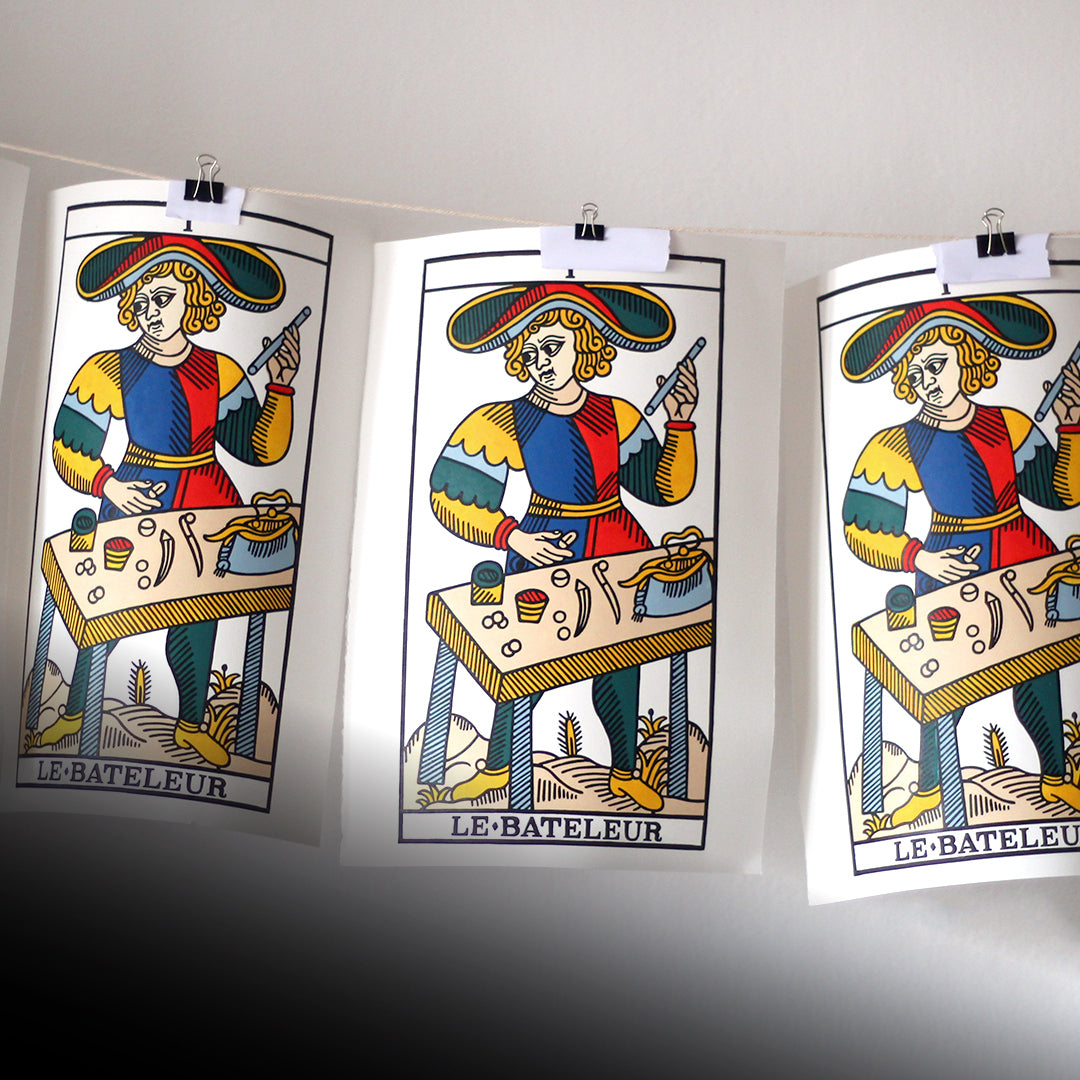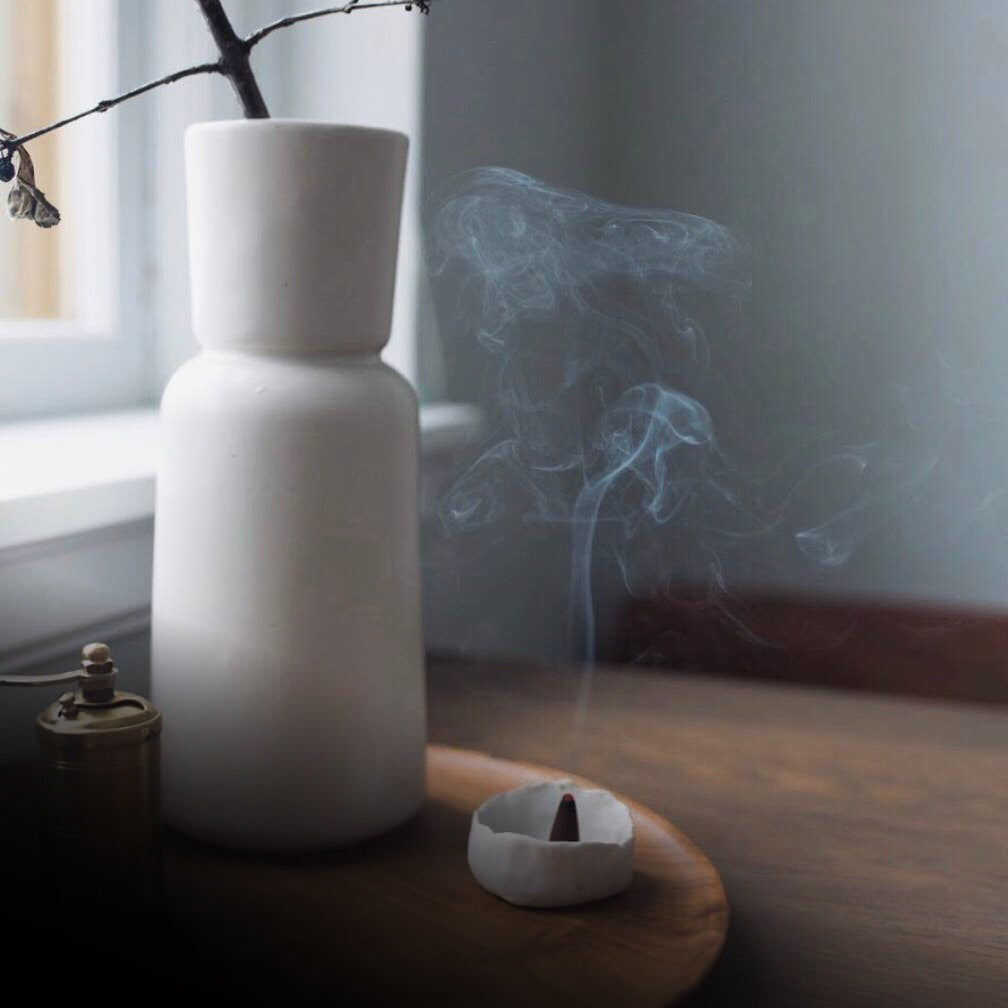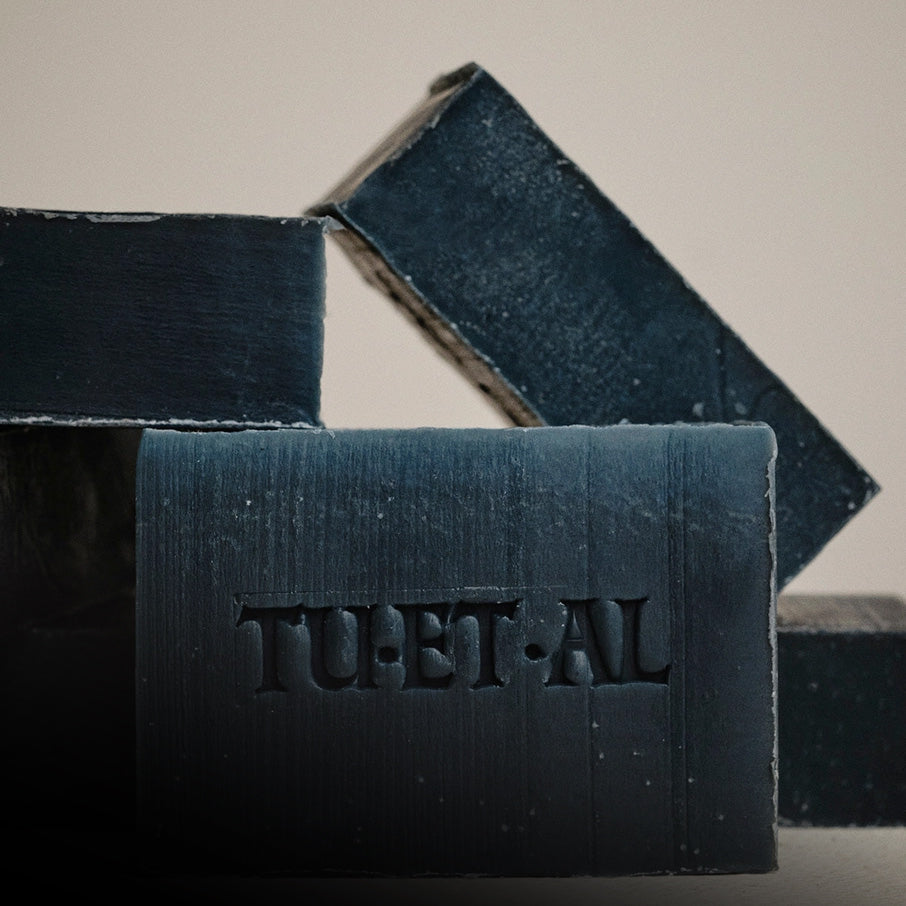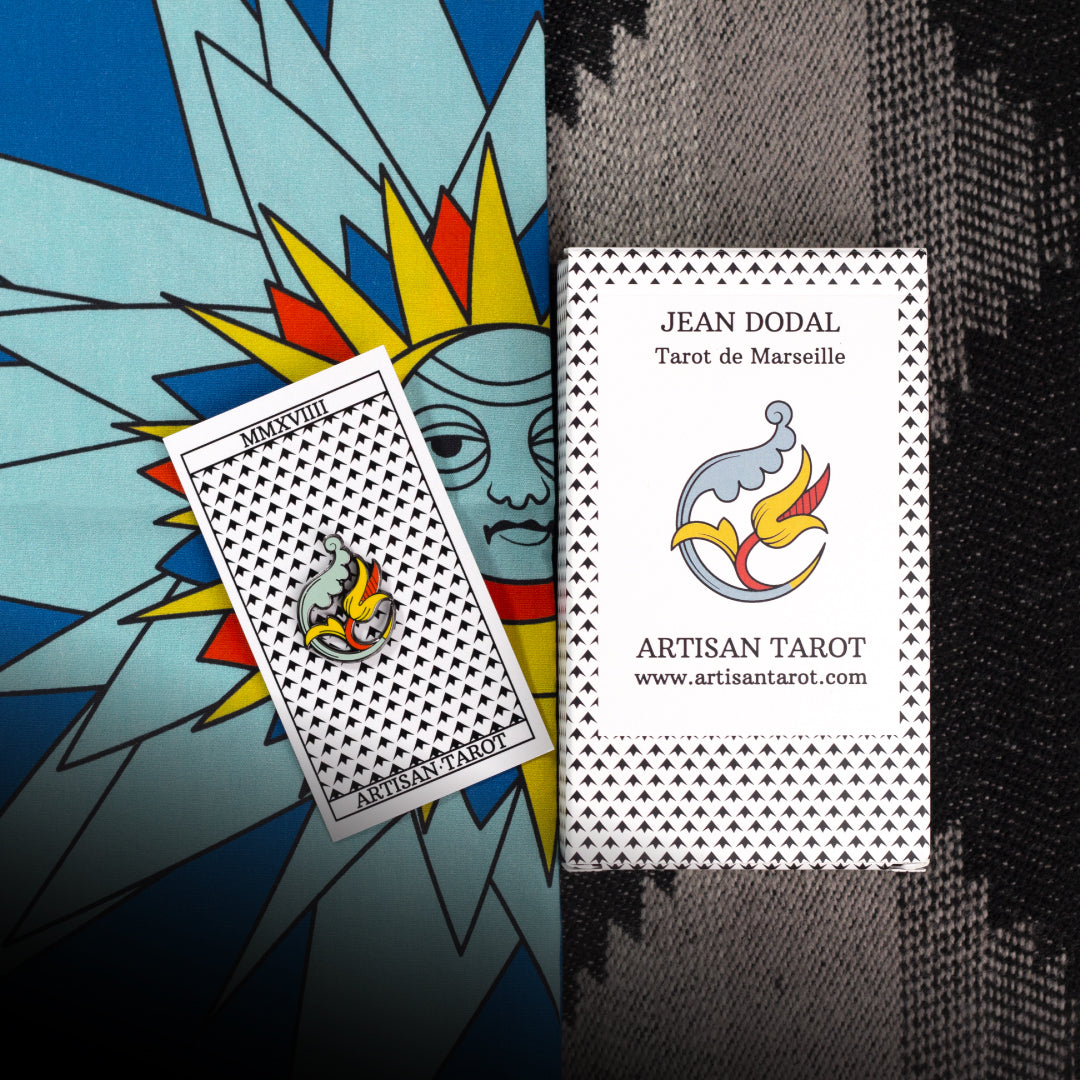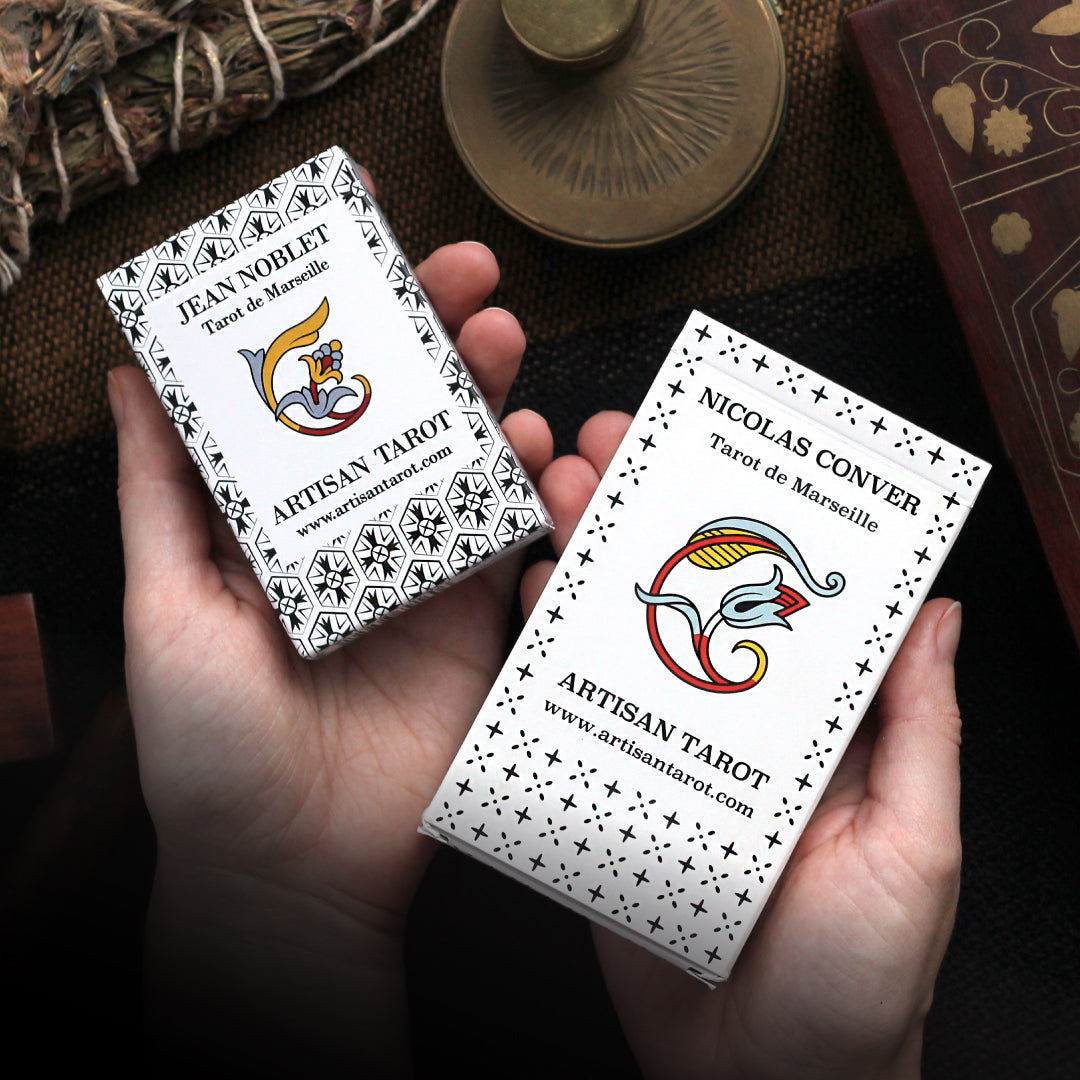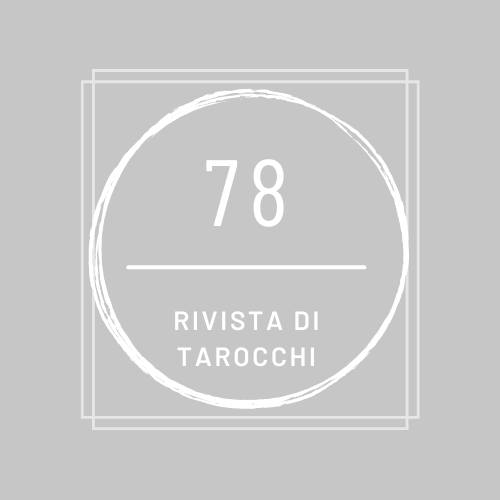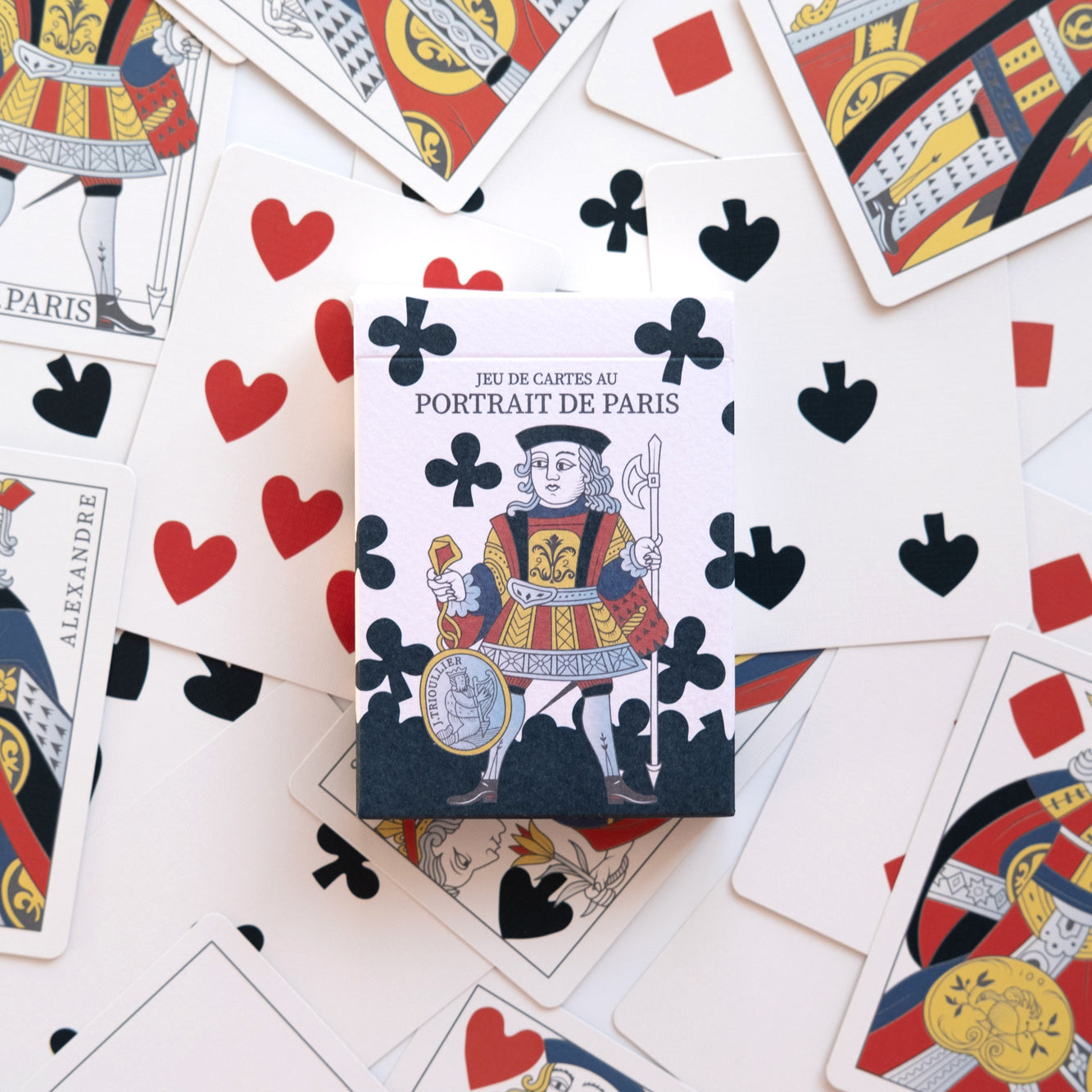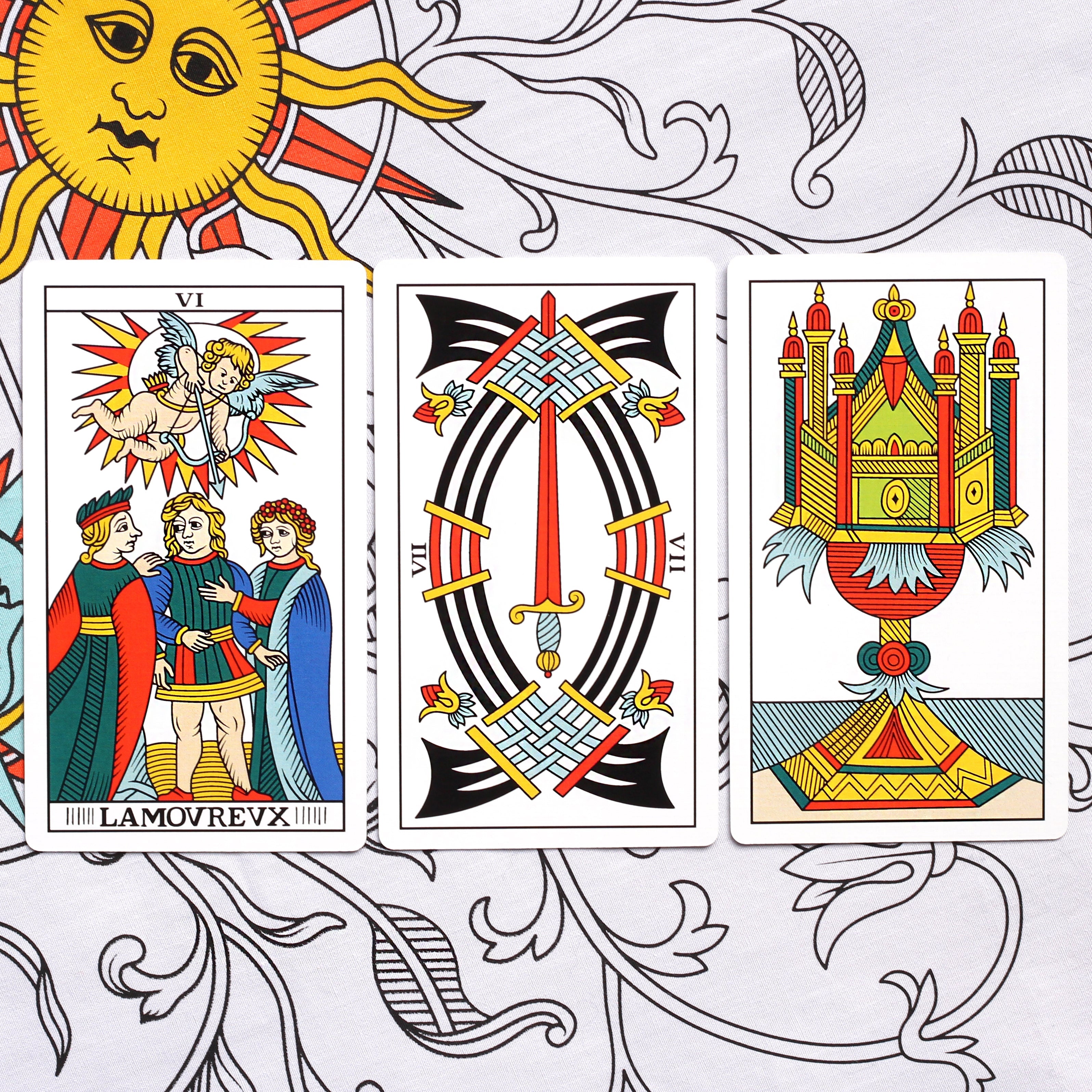This week, we were interviewed by the online magazine 78.Rivista di Tarocchi. Our conversation explored the philosophy behind our decks, our favorite projects, and our upcoming releases.
In 2022, Ilaria Boero and Nataniele Paghini founded 78.Rivista di Tarocchi. This magazine aims to collect and unify the insights of professionals within the Italian Tarot community. It acts as a hub for individuals seeking knowledge, inspiration, and diverse perspectives regarding tarot. The authors who contribute to this publication are the most highly respected figures in both the Italian and global Tarot communities.
You can read the Italian translation on their website:
https://78rivista.it/intervista-con-artisan-tarot/
We hope you enjoy the interview. 🙂
Artisan Tarot is mainly known for its high-quality Tarot decks. Would you like to introduce Artisan Tarot and its philosophy to the Italian public?
Krisztin and I (William) started Artisan Tarot in 2019. Our first release was a restoration of the Nicolas Conver Tarot deck. We ran a successful Kickstarter campaign to help fund the deck. There are many Nicolas Conver decks on the market, like Alejandro Jodorowsky’s deck. Our goal with this restoration was to create a Nicolas Conver deck where the imagery was clarified from the historic decks.
But, what does that entail?
The original Nicolas Conver deck has numerous small details that are not correctly portrayed. For example, the wheels on The Chariot are wonky, the hands on the characters are messed up, and the coloration isn’t coherent. These issues can make it challenging to understand what is taking place in the images.
So, we undertook a comprehensive study and comparison of various Nicolas Conver decks throughout history. Through this process, we clarified each image's details by updating the linework and coloration. The result allows readers to have a precise understanding of each card's imagery.
You can learn more about the restoration process of our Nicolas Conver deck in this video:
Following the success of our initial release, we published the Jean Noblet Tarot deck, adhering to the same principles. Since many details of this deck were already clear enough, we focused on enhancing its artistic elements. Notably, we made the coloration more coherent to enrich the overall visual experience.
You can learn more about our restoration process of our Jean Noblet deck in this video:
After the successful release of the Jean Noblet tarot, we began restoring decks with a more niche following. While many readers might be familiar with the Nicolas Conver or Jean Noblet decks due to their widespread availability, the Jean Dodal, Jacques Vieville, and F. F. Solesio decks remain obscure among most casual enthusiasts and collectors. We believe in preserving and sharing these hidden gems by highlighting their unique style and making them more readily available.
With these decks, we adopted a different approach. We retained most of the irregularities and unique characteristics found in the original images. Where details were unclear, Krisztin cross-referenced images from museums to ensure the accuracy of her restoration. This allowed us to preserve the authenticity and historical significance of these decks.
In the Jean Dodal deck, we compared two decks from the British Museum and the National Library of France. This deck features unique characteristics, such as a blue skeleton on card thirteen, horses with amusingly abstract faces on The Chariot, and surreal figures on The Wheel of Fortune. We left these types of obscurities in our deck, as we believe they enhance the reading experience.
With the F. F. Solesio deck, there was minimal need for clarification. As a more modern deck, published in 1865, it boasts remarkable accuracy in its details and perspectives. Therefore, our restoration closely mirrors the original, preserving its pristine linework. The faithfulness to the original ensures an authentic experience for tarot enthusiasts.
In the process of restoring these images, we once again turned to two decks from the British Museum and the National Library of France for comparison. By carefully analyzing both versions, we were able to address any uncertainties. Merging these decks together resulted in the ideal version, free from the imperfections that typically develop over years of usage and storage. The result is a pristine and flawless deck, allowing readers to experience the original essence.
As Artisan Tarot grows, we are expanding our line-up to offer more diverse options. For instance, the F. F. Solesio deck is our first Italian deck restoration. Additionally, we recently released the Tarot des Ambiguités by Alejandro Rozan. This is a re-imagination of the Tarot de Marseille, faithful to its style and inspired by its symbolism. Our goal with this deck is to give readers a fresh approach and new perspective when reading the Tarot de Marseille.
For beginners, the Nicolas Conver, Jean Noblet, and Jean Dodal decks offer an excellent starting point. Alongside these decks, we provide learning resources, including a course on our website, to support your tarot journey.
https://artisantarot.com/courses
For those seeking to expand their knowledge and readings, I recommend exploring the Jacques Vieville, F. F. Solesio, and the Tarot des Ambiguités. These decks provide unique interpretations and fresh perspectives while maintaining the essence of the Tarot de Marseille.
You are quite known in Italy, especially for the quality of your decks. That leads to another point: how do you choose the companies that you work with and your line of development?
The majority of our partnerships are based on recommendations from friends. Once we establish a connection with a manufacturer, we receive samples so that we can assess the quality of the product. Based on these samples, we can make an informed decision to proceed with production. Currently, we collaborate with companies in the US and around the world.
Krisztin and I are frequent travelers, so whenever we live in a new country, we make local connections with small businesses. Presently, we offer handmade items from Hungary and Georgia. This is why some of our products have limited availability, since they are crafted in very small batches.
What about the socks? I love the socks!
We also love our socks! These are made in collaboration with my friend Chelsea from Denver, Colorado. She is the founder of FootClothes which makes high quality novelty socks. Currently, our sock collection features designs from the Jean Noblet and Jacques Vieville decks. These are perfect if you want to show off your love for the tarot!
You don’t just sell products: you also work with many very well known Tarot readers from all over the World. What’s the point of view that links you all and how do you choose these partners?
Yes, we are fortunate to work with Enrique Enriquez, Marilyn D'Auria, Jeremy Weiss, Steven Bright, Alejandro R. Rozan, and Z. Mann Zilla. We have selected these artists for their deep appreciation of tarot history and their expertise in interpreting traditional tarot imagery. Together, they play a significant role in popularizing the Tarot de Marseille.
At Artisan Tarot, we believe in the significance of learning how to read historic decks, as it lays a solid foundation for understanding the meanings of the images. This knowledge then becomes a valuable asset that can be applied to reading any type of deck.
If you want to learn about the history of the tarot, I highly recommend watching Marilyn’s Youtube channel. She explains the history of the tarot, conducts deck comparisons, and shares example readings with numerous decks. She even has an entire playlist on the trump cards and what they represent.
You can watch the playlist here:
https://youtube.com/playlist?list=PLHys63iEDsd0tCN00mPuq1Ocj9R3AzS_d
Which is the product or project that you are more proud of or in love with?
I’m always the most proud of the products that we are currently working to release. This process is filled with excitement as we delve into the history, discover the artisans, and explore the unique characteristics of the images. Once the deck is released, the reviews start to come in, people share photos on social media, and there is a delightful buzz around what we’ve created. Witnessing the positive response from the community is truly rewarding, and inspires us to continue releasing products.
Most often, the products we make stem from our personal interests or need for something specific. So, it’s gratifying to create items that not only other people find useful, but that we can use every day.
For instance, we recently produced a leather wallet for our Jean Noblet and F. F. Solesio trump decks. As a tarot enthusiast, I always carry a deck with me wherever I go, but carrying both a deck and wallet separately became cumbersome. To address this, I decided to create a wallet that holds my credit cards and tarot deck together. Now, I carry this wallet every day, so I’m always prepared to study my cards or offer insightful readings whenever the opportunity arises. I think this wallet is a practical solution that aligns with my tarot passion.
So, do you develop the products or do you have someone advising you how to realize them? I mean, it is difficult to design a wallet.
Our products are designed in-house by Krisztin Kondor, who has a Master’s Degree in Design. The first version of the wallet was a velvet pouch, and she adapted that design so it could be crafted from leather. To bring our vision to life, we collaborated with Heritage, located in Tbilisi, Georgia. They crafted several prototypes, which we carried and used for a few months. This process ensured a perfect design that met our specifications. The final result is a beautifully crafted and functional wallet that we are incredibly proud to use and share with our community.
Sure, and the same is for a deck of cards. What people keep repeating is that decks are too expensive. Some weeks ago I interviewed Mirko Zucchetto, a Card Master, who made his own deck and he explained to 78.Rivista di Tarocchi the huge amount of work that is behind making a Tarot deck. So, the price is the right one that you have to ask.
Absolutely. Many people may not realize the financial investment required to create a tarot deck. The entire process of developing and releasing a deck can easily take six months to a year. From design to printing, marketing, shipping, storing, the expenses add up significantly. We do our best to minimize our costs, but creating a deck still requires a substantial financial commitment. This is why we are so appreciative of the patrons who purchase our decks.
As a side note, I want to mention that Tarot decks are a lot more expensive to print and ship compared to poker and bridge size decks. This higher cost is not only attributed to the larger size and weight, but also to the fact that there are fewer manufactures printing tarot size decks. Consequently, the overall expenses for producing tarot decks are higher, which is why our decks are priced accordingly.
We are always working to strike a balance between providing top-quality products and reasonable prices. Recently, we've been introducing more accessible options for beginners venturing into the world of Tarot de Marseille. For example, we offer a trump deck for the Jean Noblet and F. F. Solesio tarot. Both are affordably priced at $20, making them an excellent entry point.
And furthermore Artisan Tarot is not a big company, right?
We have three people on our team which includes myself, Krisztin Kondor, and Will Torres. I handle the marketing and logistics, Krisztin takes charge of the design process, and Will oversees our shipping and receiving. It’s undeniably a lot of work, but the positive response from the community makes it very rewarding.
What about the future? What are you developing, if we can know, and which products are you going to release in the long term?
We have many exciting projects lined up for release this year. Among them, we are working on a Rider Marseille deck with Alejandro R Rozan and an I Ching deck with Z. Mann Zilla. We also have a few historical decks in the pipeline. Plus, we have a few more surprises that we will announce in the coming months.
Is there anything else that you want to tell the Italian readers of 78.Rivista di Tarocchi?
Sure! Your readers may be interested in our new F. F. Solesio trumps deck that we just released. This is our first Italian deck restoration that is very similar to the Tarot de Marseille. The notable difference is that the images are reversed which may be a consequence of the images being copied from an original woodblock. Of course, the titles are also in Italian. I think this deck offers a wonderful opportunity to gain a new perspective for your readings.
Where can we buy your products?
Our products are available on our website (https://artisantarot.com). If you want to see our products in real life, you can find our offerings at brick and mortar shops worldwide. You can view our ever growing list of retailers on our site.
— —
We hope you enjoyed reading our interview and learning more about Artisan Tarot.
We want to give a special thanks to Ilaria Boero for inviting us to be a part of her magazine and for translating our interview into Italian.
We will see you in our next post!
William Rader
Krisztin Kondor

